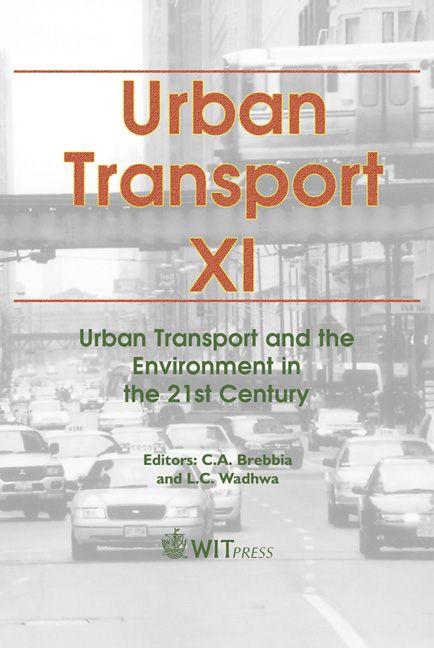A Conceptual Framework For Optimizing Highway Networks
Price
Free (open access)
Transaction
Volume
77
Pages
9
Published
2005
Size
430 kb
Paper DOI
10.2495/UT050391
Copyright
WIT Press
Author(s)
M. K. Jha, C. Davis & F. Okonkwo
Abstract
Optimizing highway alignments between a pair of end points is a complex problem. The problem has been solved with genetic algorithms and geographic information systems in recent years by our research team. An extension to the single alignment optimization problem will be to obtain an optimal highway network between a set of points, i.e., optimizing several highway alignments that connect a given set of points (more than two points). The problem may be of particular interest in regions where one would like to develop a system of highways connecting several cities. In this paper we develop a conceptual framework for solving a highway network problem given a set of points. We develop a two-stage genetic algorithm for solving this problem. We also discuss future directions to the research. Keywords: highway network optimization, highway alignment optimization, genetic algorithms, geographic information systems. 1 Introduction Initial planning and design of a transportation facility, such as highway, rail line, or airport is quite complex since there are numerous alternatives that must be carefully analyzed. A set of competing optimized alternatives is typically desired before making a final decision through community and political participation. Current practices are manual and therefore, do not provide (1) an optimized solution while satisfying complex design, environmental, and geological constraints, or (2) a trade-off analysis allowing quick comparisons among competing alternatives. Worldwide, numerous road improvement projects, transit development projects, and airport and rail station projects are
Keywords
highway network optimization, highway alignment optimization, genetic algorithms, geographic information systems.





